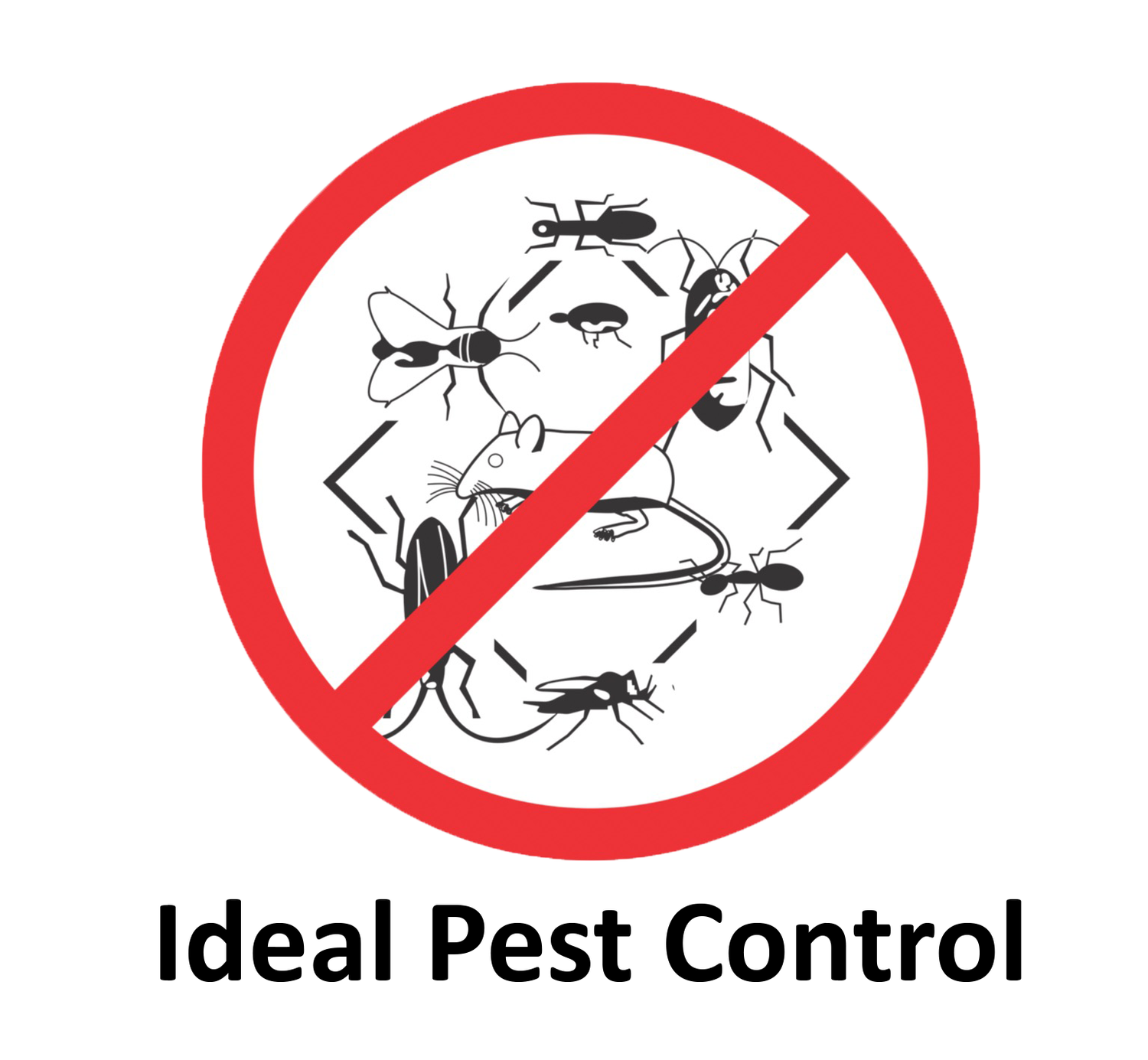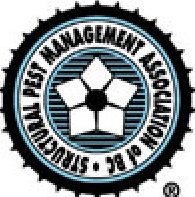Moles
Moles are insectivores (they eat insects), and they may control some insect outbreaks. However, mole activity can also cause considerable damage to lawns. This damage is usually in the form of tunnels and/or mounds in lawn that can be unsightly, disturb root systems, and provide cover or travel lanes for other small mammals.
Moles can quickly colonize and spread through adjacent residential properties if not handled properly. Since they need a well-established tunnel network to survive, control will be more difficult the longer they are allowed to tunnel and become habituated.
On large properties, mole activity may move from one part of the lawn to another. This movement is affected by climate and ground moisture. Moles will respond to changes in food supply as different insects become available in different places and at different times throughout the year. If disturbed, moles may temporarily leave an area, but will usually return when you least expect it. Even without disturbance, mole activity may last only a week or two in a particular area.
The two species of Moles found in BC are Coast Moles and Townsend’s Moles.
Coast Moles
Size: Up to 200mm.
Color: Uniformly black.
Unique Characteristics: Coast Moles become social creatures during mating season. They have a large presence in damp areas that are rich with Earth Worms as this is one of their most preferred meals of choice. They start to mate close to the end January until March. Females of this species are expected to produce only one litter within the entire year.
Control: The use of scissor traps in previous dug holes along with flags to mark which holes the traps have been placed in.
Townsend’s Moles
Size: About 210mm.
Color: Velvety black.
Unique Characteristics: Townsend’s Moles are active year round. They mate in late winter and the female goes on to have a litter of up to 4 pups. They are most commonly found in moist, wooded areas. Their food of choice is mainly earth worms.
Control: The use of scissor traps in previous dug holes along with flags to mark which holes the traps have been placed in.









